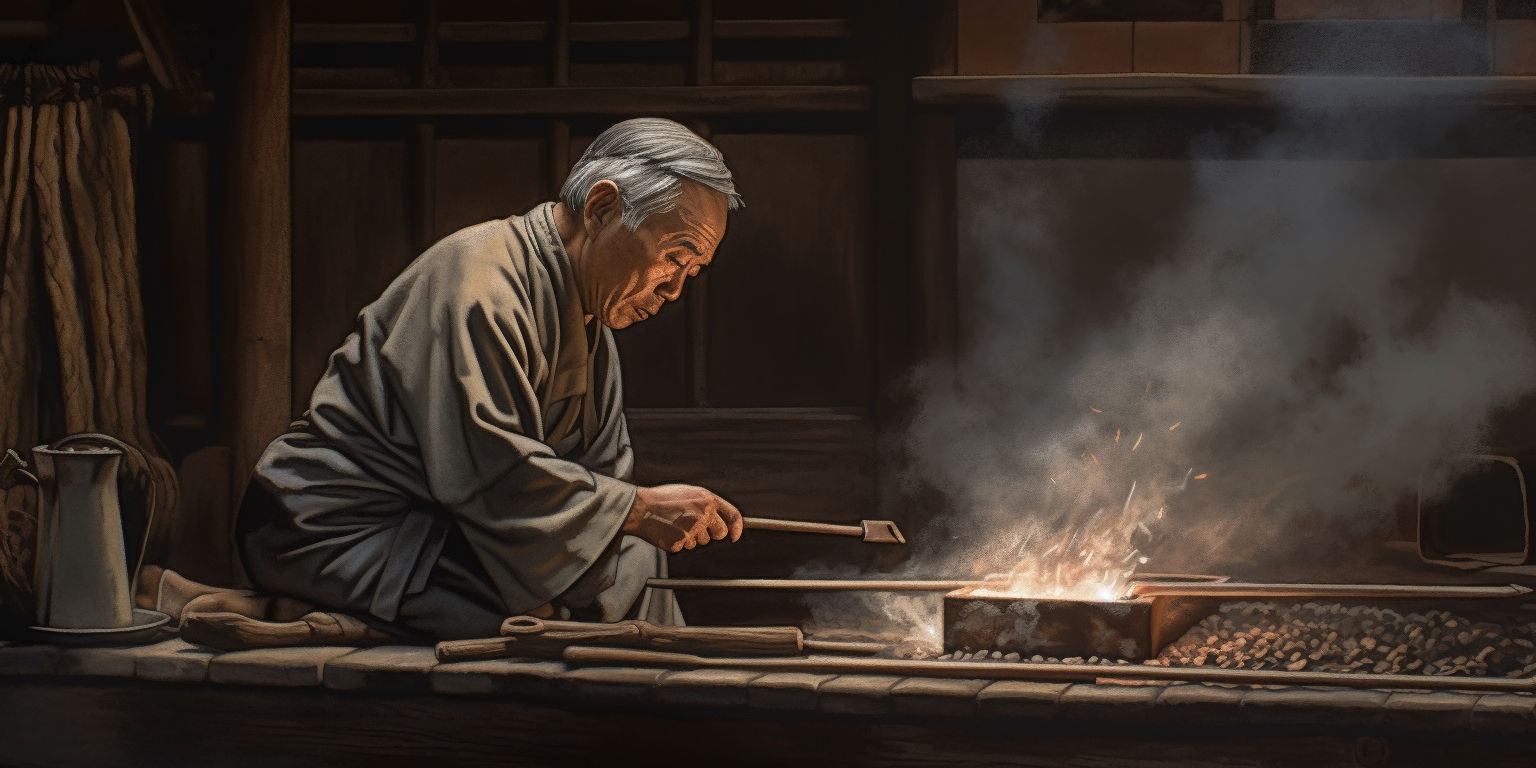Discover the Japan Longer Katana: The Odachi in Japanese Swordsmanship

Big Katana Name:History of the Odachi Sword
The long katana, also known as the 'great sword' (大太刀), is a legendary Japanese weapon admired for its extraordinary length, strength, and intricate craftsmanship. This iconic blade, known for its curved design, has played a significant role in Japan’s martial culture, being wielded in battle for centuries. Despite its ancient origins, this type of sword continues to captivate enthusiasts worldwide with its beauty, power, and symbolic meaning.
In this blog, we delve into the history of this remarkable weapon, its defining characteristics, and its cultural significance, while also exploring where you can find an authentic long katana or other Japanese blades like the wakizashi (脇差) and tachi (太刀) for sale.
The Japan longer katana blades, or Nodachi 野太刀, is one of the most iconic weapons in Japanese culture, celebrated for its extraordinary long blade and rich history. Often exceeding 120 cm in length, this long Japanese sword was designed for powerful, long-range strikes on the battlefield. Originating in the Kamakura period, it played a vital role during feudal Japan, particularly in large-scale battles where its size offered a tactical advantage to foot soldiers and cavalry alike.
The Ōdachi 大太刀 differs from the standard Japanese katana, not just in size but also in its ceremonial and symbolic roles. During the Edo period, as battlefield utility declined, Ōdachi were often dedicated to shrines, symbolizing power and martial honor. Swordsmiths of the era showcased their craftsmanship through intricate designs and engravings, highlighting the artistry behind each blade.
Carrying such a large sword posed its own challenges; it was often worn on the back or carried by attendants. Masterfully hand-forged, these swords required exceptional skill to craft, ensuring strength and durability despite their size. Today, these long Japanese swords are revered not just as weapons but as cultural artifacts, representing the ingenuity and spirit of Japanese swordsmiths.
Modern enthusiasts admire the Nodachi for its historical and aesthetic value. Whether used in martial arts training or displayed as a collector’s piece, this Japan longer katana embodies the legacy of Japan’s samurai tradition and its timeless dedication to craftsmanship.

History of the Long Katana: The Field Sword Types Of Japanese
The field sword (野太刀) is believed to have originated during Japan’s Muromachi period (1336–1573). This era, marked by numerous battles, saw the development of these long swords as weapons of choice for delivering powerful, long-range slashing attacks. Their extraordinary length, often exceeding 60 cm, made them particularly effective for foot soldiers, allowing strikes from a safe distance.
Beyond their practical use, these swords were also used ceremonially, symbolizing power, authority, and martial prowess. Warriors often dedicated them to shrines as offerings, considering them national treasures that represented strength and honor. However, wielding such a weapon required exceptional skill and strength due to its size and weight.
These swords have also made iconic appearances in modern culture, such as in The Last Samurai, manga, anime, and video games, where they are celebrated for their imposing size and connection to samurai tradition.
Characteristics of the Great Sword with a Curved Blade
This long katana is characterized by a single-edged, curved blade, typically measuring between 2 to 3 meters. Its size required it to be carried on the back or by an attendant before being drawn into battle.
Crafting such a blade demanded exceptional expertise from swordsmiths. Precise forging and tempering were essential to ensure its durability and strength. Many of these blades featured intricate engravings, such as floral patterns, dragons, or even the name of the maker, showcasing the artistry involved in their creation.
Some of these swords are preserved in museums or shrines today, celebrated as national treasures and reminders of Japan’s rich martial history and craftsmanship.
Other Iconic Japanese Swords: Wakizashi and Tachi
The long katana is part of a broader family of Japanese swords, each with unique purposes and symbolism:
-
Tachi (太刀): A predecessor to the katana, the tachi is distinguished by its long, elegant curve and was often used by mounted samurai. It was typically worn edge-down and favored for ceremonial purposes.
-
Wakizashi (脇差): A shorter companion to the katana, the wakizashi was used for close combat or as a backup weapon. Measuring between 30 and 60 cm, it symbolized the samurai’s honor and was always kept at their side.
-
Japanese Dagger (tantō): This small dagger was used for self-defense and as a ceremonial weapon.
Each of these blades played a role in shaping the identity and status of the samurai, complementing the long katana’s reputation as a great sword.
Modern Appreciation for the Long Katana
While originally designed for combat, this type of sword remains a popular choice among martial arts practitioners and collectors. Its size and weight require mastery of specialized techniques, making it an excellent tool for training in kenjutsu to build strength, control, and precision.
Collectors admire these blades for their historical and aesthetic value. Authentic pieces, crafted using traditional methods, often come with ornate display stands, making them ideal for decoration or collection.
Stores like COOLKATANA offer hand-forged replicas inspired by classic designs, allowing enthusiasts to own a piece of Japanese history.
Cultural Symbolism of the Great Sword
This legendary blade is more than just a weapon—it symbolizes Japan’s cultural heritage. Its design embodies the dedication of master swordsmiths during the Muromachi period, and its use by samurai underscores its role as both a tool of war and a representation of honor and strength.
Modern media continues to highlight its significance, showcasing it in movies, anime, and games as a powerful and awe-inspiring weapon. Whether depicted ceremonially or as a tool of battle, the long katana remains a revered icon of Japanese tradition.
The Odachi sword is a long, historically significant Japanese weapon, known for its carbon steel blade and razor sharp edge. With a blade length often exceeding 120 cm, it was designed for powerful strikes. Historically accurate, the Japanese Odachi reflects the skill of master swordsmiths and is a prized collector’s item. These swords are express shipped to ensure quick and safe delivery, making them a valuable addition for martial artists and enthusiasts alike.
Conclusion: The Legacy of the Long Katana
The great sword is a testament to the artistry and innovation of Japanese swordsmiths. From its origins on the battlefield to its status as a national treasure, it has left an enduring mark on Japan’s martial culture.
For martial artists, collectors, or admirers of history, this blade offers a glimpse into the traditions of Japanese craftsmanship. Alongside iconic swords like the wakizashi and tachi, it continues to captivate enthusiasts worldwide.
Discover the beauty and power of this legendary sword, and immerse yourself in the timeless traditions of Japanese sword-making.


